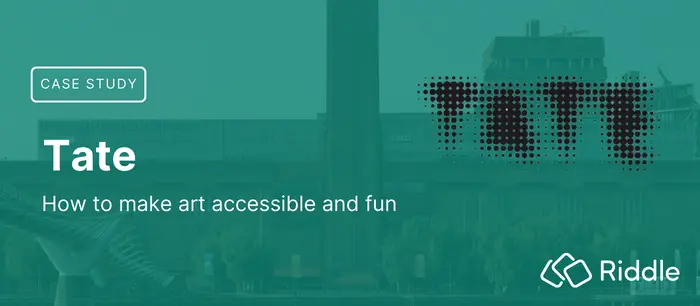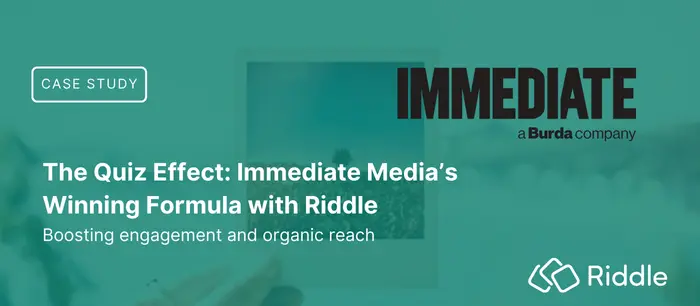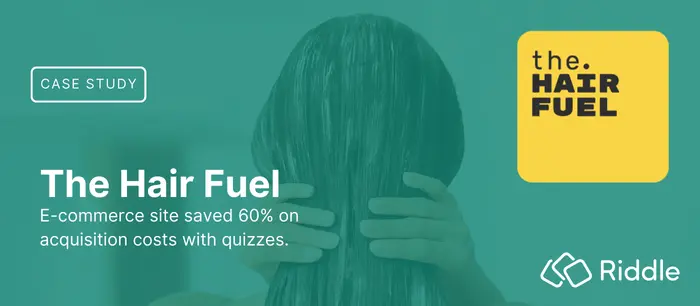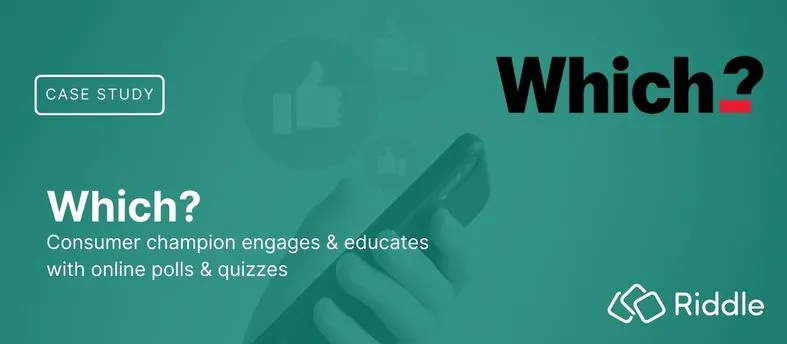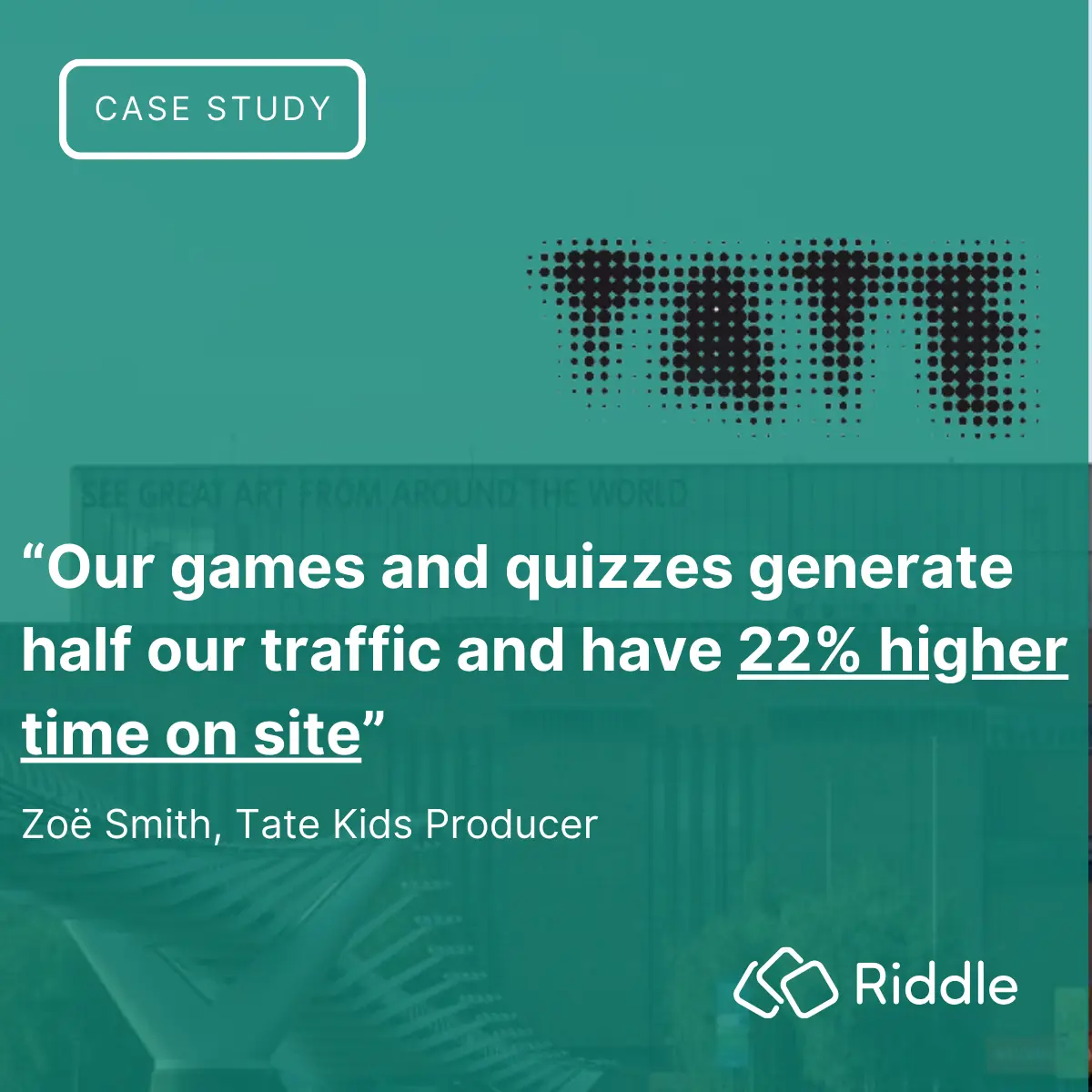
Tate celebrates the world’s greatest modern and contemporary art, as well as the best of British art from 1500 to today. Every year, it welcomes millions of people to its four galleries – Tate Britain, Tate Modern, Tate Liverpool and Tate St Ives – to enjoy unforgettable exhibitions, spectacular commissions, and unique events.
At the heart of these activities is a growing collection of over 70,000 works of art, ranging from paintings and sculptures to installations and performances. Tate cares for this collection on behalf of the public and, as one of the world’s biggest lenders of art, shares it with museums and galleries throughout the UK and across the globe.
How to make art accessible and fun
Tate is always striving to make their art collection more accessible and appealing to the widest possible range of audiences.
The creators behind Tate Kids – the website dedicated to Tate’s youngest museum audiences – were particularly keen to make their content around Tate collection artworks more interactive and fun for children and young people globally.
The website provides an opportunity for families and other visitors who may never visit the exhibitions on-site to engage with and learn about Tate’s collections.
At the same time, Tate Kids prioritizes early childhood art education in general, focusing on awakening and developing an interest in art in children. Their team incorporates games, quizzes, and videos to help explore artworks, artists, and art movements from all over the world.
Defining the challenge for Tate
The digital team at Tate constantly works to offer new interactive content on their platform to keep their audience engaged. However, developing new online games is resource-intensive and often requires outsourcing to agencies.
Looking for a fast, cost-effective way to add more user interaction to their website, the decision to use Riddle.com was an easy one. Riddle.com offered a wide range of different interactive content options in a single affordable package. Tate’s team could leverage a wide range of interactive formats, from quizzes and personality tests to polls and surveys.
Riddle.com’s zero-coding platform meant every Tate editor could become a creator.
“Riddle saves Tate time and money – our Producers can use Riddle to create a steady stream of interactive quizzes for our audience, freeing up our developers to work on bigger projects,” says Zoë Smith, Tate Kids Producer.
3.7 million views and counting
Since partnering with Riddle in 2016, Tate has been continuously innovating and integrating a wider range of interactive experiences on their websites.
With a strategic goal of bringing their collections to life in an entertaining yet educational way, Tate chose Riddle.com because it saves their development team time and frees them up for bigger projects.
Tate’s creative workflow in the area of games and quizzes reflects this. Every year, their team produces a new large-scale project – a game. Alongside this, Tate adds to their interactive content by using Riddle.com’s interactive platform to create high-quality quizzes to keep their audience active and engaged.
As Riddle.com continues to evolve, Tate has been able to extend the range and depth of their interactive offerings. Their editorial team has created content that has run the gamut from ‘How well do you know Pop Art?’ to seasonal quizzes like the Halloween-themed ‘Spooky spot the difference’, as well as polls and surveys.
Tate has also found that their Riddles appeal to more than just kids. Personality tests like “How well do you know the impressionists in London?” generated a great response from their adult audience, timed to promote an upcoming Tate exhibition.
Tate’s results
Tate’s commitment to interactive content has paid off.

“Our Tate Kids audience loves interactive content like Riddle’s quizzes,” Zoë goes on to say. “Our games and quizzes generate half our traffic and have 22% higher time on site, which means greater engagement from our audience.”
Tate’s other metrics only serve to validate this further. Their Riddle.com quizzes and other content are compelling, with the clicks (and completions) to back it up.
On average, two out of every three site visitors (66%) will engage with a quiz on a page. Even better, 76% of Tate’s quiz takers who start a quiz will finish it, demonstrating that interactive content works for captivating a young audience’s attention about art.
From a strategic perspective, Tate’s Riddles have generated 3.7 million views and 2.1 million completions across their library of 41 Riddles of all formats – including personality quizzes (e.g. ‘Which art monster are you?’), quizzes, and polls.
Tate is looking forward to building on this success by harnessing Riddle.com’s value-for-money, easy-to-use platform to bring even more interactive content to their art-loving audience in the future.
Further reading
Play the Tate quizzes on their website and discover how Tate is using the Riddle.com quiz maker.
